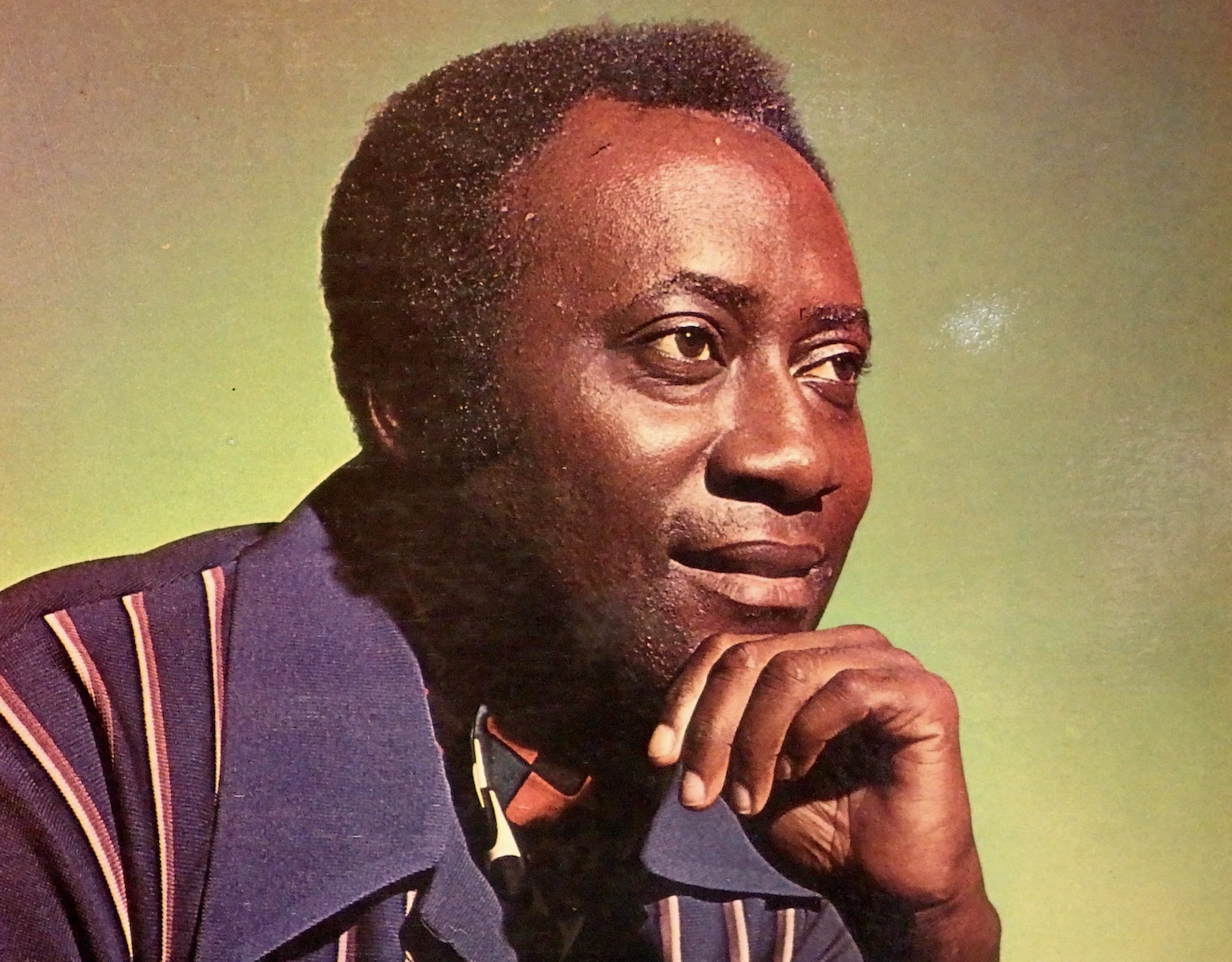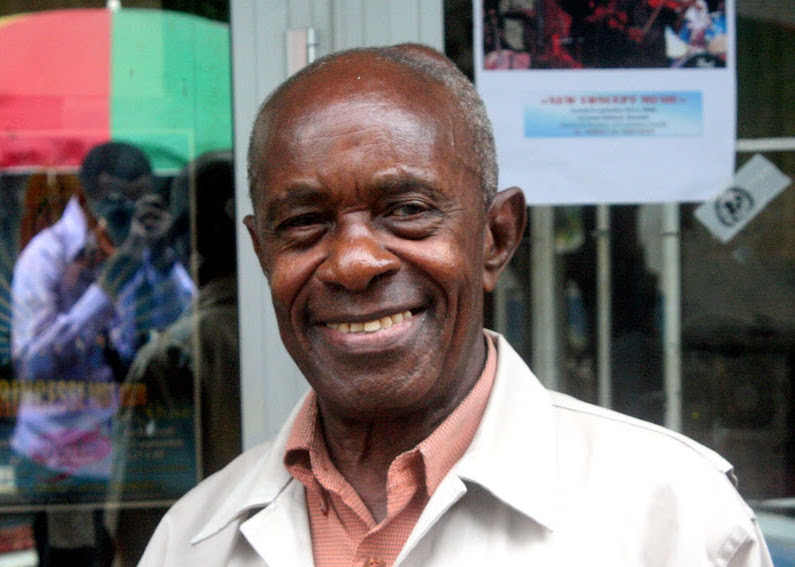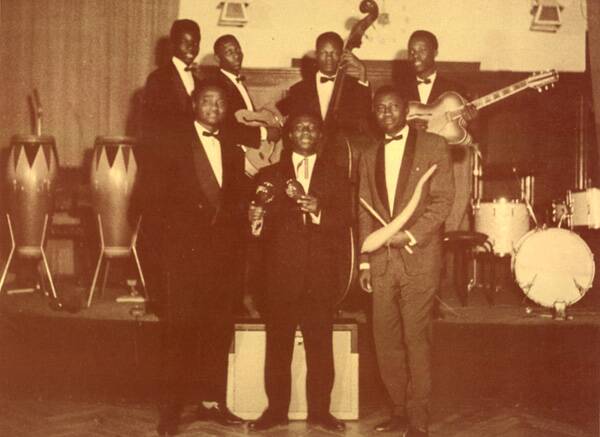
The Congo dives deep into the Afro-Cuban sound
#CongoFreedom (episode 1), a series by Vladimir Cagnolari
In the first episode of our series dedicated to the soundtrack of independence from Congo (DRC), PAM reflects on the influence of Afro-Cuban music that the first great Congolese orchestras began to imitate, before they broke free to create their own sound: “Congolese rumba”. We’ll also take a journey to explore the buzzing capital of Léopoldville, and its Congolese elite who would soon come to lead the fight for independence.
Jazz and calypso may well have made a strong impression in Ghana and in the Belgian Congo, but it is Cuban music that hit the sweet spot. The son, the cha-cha, the rumba, the bolero… this music laid the foundations for urban African musicians who performed their own versions to better suit their style, often sung in an unusual Spanish-inspired syncretic language. It seems that this Cuba-born sound, born as a result of a forced marriage between Europe and Africa, was immediately welcomed back like a distant cousin when it returned to the Congo. And immediately proceeded to take the spotlight.
This sensational comeback came as a result of the release of a very specific series of records from GV – “Gramophone Victor”. A few hundred tracks pressed on 78rpm discs in the US in the 1930s, when North American companies tried, under the weight of the economic crisis, to take advantage of their back catalogs. And that’s how these Cuban songs came to be exported to Africa, via England and France.
The Trio Matamoros record is among the great classics of the GV series. The band would go on to become the most imitated and influential, along with the Sexteto Habanero, Abelardo Barroso and the legendary Orquesta Aragón. Indeed, the first Congolese rumbas (like Marie Louise) adopted the structure of the Cuban son‘s classics. A guitar-lead intro, followed by lead vocals or, as in the Trio Matamoros songs, two to three harmonized vocals, followed by calls from the lead singer and response from the backing vocalists. Suffice to say that these records, arriving over maritime seas, held a capital influence.
But who at the time could actually afford a gramophone, in 1950s Congo? Only those who were referred to as the “évolués” (The French term for “evolved” or “developed” – Congo was a French-speaking territory then), i.e. those who had been able to receive an education – generally through priest-led institutions –, as well as those who worked as civil servants in the Belgian administration or as assistants for white traders. For this, they had much greater purchasing powers, and could easily participate in a booming record market in the Congolese capital in the 1950s.
The Jéronimidis brothers, two Greek merchants who opened the Ngoma recording studio in the 1940s, began to promote and sell Congolese music to the Congolese people.
Admittedly, the “évolués” who were able to afford buying records, remained a minority compared to the rest of the Congolese population, but they did not hesitate to share the sound of their gramophone with the whole neighborhood, a cultural practice that had become an outward sign of prestige. In any case, they played a crucial role in the rise of the population’s demands towards autonomy.
Among these “évolués”, was Jean Lema aka Jamais Kolonga. A true character which Belgian writer David Van Reybrouck portrayed in his remarkable book, Congo: The Epic History of a People (English translation: HarperCollins, 2014). He’s the one that Joseph Kabasele references in the song “Never Kolonga”.

As an aside, the train that brought Joseph Kabasele and his orchestra from Elisabethville (Lubumbashi) to Léopoldville (Kinshasa) broke down on route. While Kabasele was waiting for the train to get going again, he was invited to a party put together by a group of Portuguese people. It was there that he saw Jean Lema dare to ask for the hand of a white woman inviting her to dance – a rare move at the time. He then proceeded to spin her around the dancefloor. Kalle nicknamed him “Never Kolonga”, to imply “the one who is never defeated”, and dedicated a famous song to him, bearing his name, “Jamais Kolonga”.
The “évolués” assimilated the Western codes: from their “good manners” to the way they spoke or dressed. Joseph Kabasele was one of them, and the members of the Cuban big-bands, dressed like dandies, inspired the outfits and refined the sound of his own orchestra, the African Jazz. These “évolués” were a handful of a lucky few, around 12,000 in 1954 in a population of 12 million. They could not be much more than this at the time: the first secondary schools opened their doors only in 1938, and the first university in 1954.
The “évolués” included the ultra-elite, those with a registration card and a stable job, diplomas and good references, who as a result enjoyed the same beneficial rights as Belgians, especially in regards to judicial matters. As a result, they escaped the corporal punishment and the whipping that any white man could lead them into. The “evolved” people wanted to live with and be accepted by white people, but would eventually turn on them, frustrated for never really having been accepted, let alone being treated as their equals, or paid equally in salary… ” ‘Sooner or later, the world will change’, they began to whisper…” In the Lingala language, “Ata Ndele Mokili Ekobaluka”. And that is precisely the title of Adu Elenga’s song.
